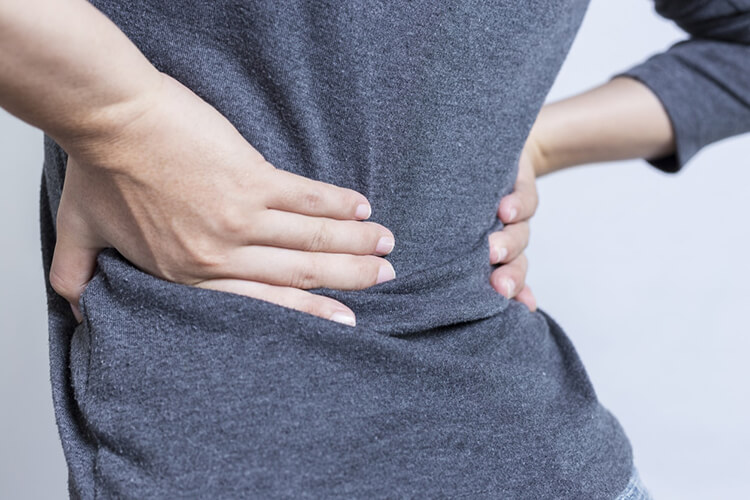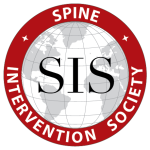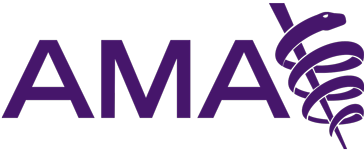
Most low back pain is acute, or short term, and lasts a few days to a few weeks. It tends to resolve on its own with self-care and there is no residual loss of function. The majority of acute low back pain is mechanical in nature, meaning that there is no disruption in the way the components of the back (the spine, muscle, intervertebral discs, and nerves) move and work together.
Subacute low back pain is defined as pain that lasts between 4 and 12 weeks.
Chronic back pain is defined as persistent pain that lasts for 12 weeks or longer. This can happen after an injury even if the underlying cause of acute low back pain has been treated. On average, 20% of people affected by acute low back pain develop chronic low back pain with continuous symptoms at one year. Often times, treatment successfully relieves chronic low back pain although, in rare cases, pain may persist after medical or surgical treatment. Some examples of mechanical pain may include but are not limited to: sprains/strains, disc degeneration, ruptured discs, radiculopathy, and sciatica.
Symptoms:
Low back pain symptoms often include one or more of the following:
- Dull aching pain
- Pain that travels to the buttocks, legs, and feet
- Pain that is worse after prolonged sitting
- Pain that is worse after waking up and better after moving
Treatment:
- Hot or cold packs
- Strengthening exercises
- Physical therapy
- Medications
- Non-steroidal anti-inflammatory drugs (NSAIDS)
- Nerve block therapies
- Epidural steroid injections
- Transcutaneous electrical nerve stimulation (TENS)
- There are also a variety of surgical treatment options if conservative therapies are unsuccessful. Ask you treater about options available at Michigan Pain Management.




